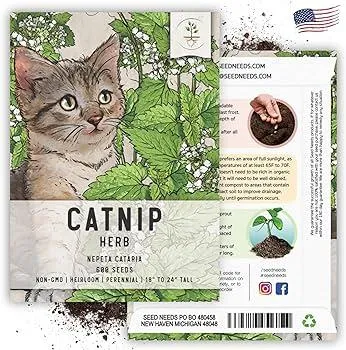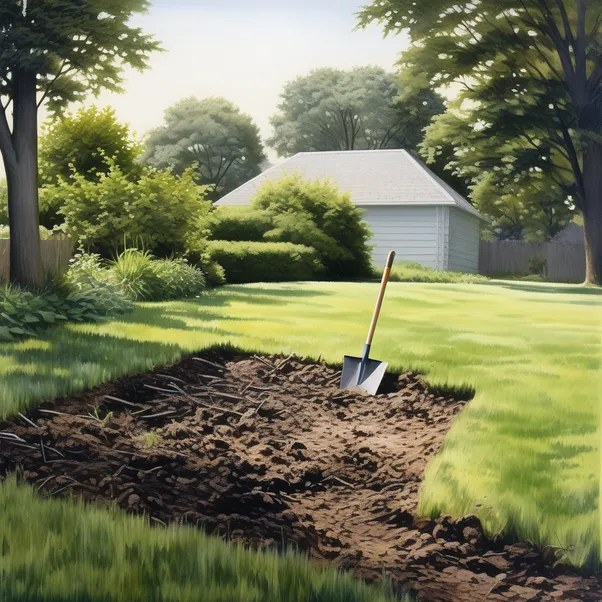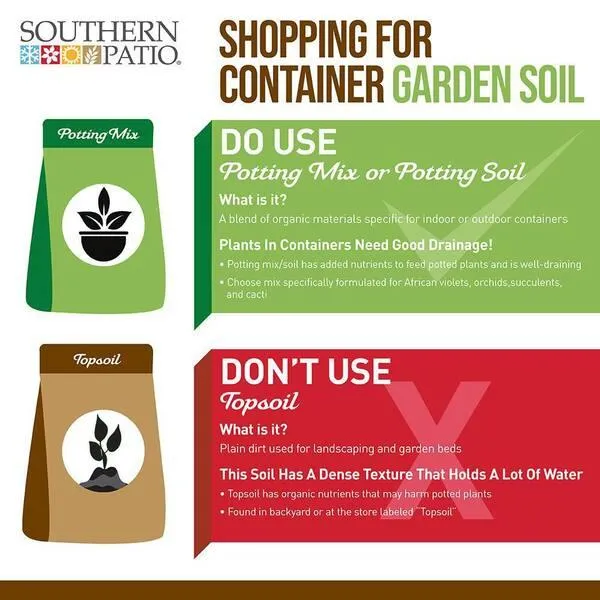Choosing Soil that Won’t Harm your Feline Friend
As cat owners, we want only the best for our furry companions. When it comes to allowing cats to play in the garden or enjoy outdoor activities, selecting a soil that won’t endanger their health is crucial. In this article, I’ll discuss the different soil types and their safety levels for cats as well as tips for creating a backyard environment your cat can explore worry-free.
Understanding Soil Types
There are several common soil types and each has varying ingredients that could potentially pose risks to cats if ingested. Let’s take a closer look:
- Clay soil: Clay soil is made up of very fine particles that can clump together when wet. It may contain trace elements like arsenic or lead that are toxic to cats in high amounts. Cats are also at risk of developing intestinal blockages from ingesting large quantities of clay.
- Loam soil: Often considered the ideal soil type for gardens, loam consists of roughly equal parts sand, silt and clay. It tends to be nutrient-rich but may still contain low levels of heavy metals. Regular testing is recommended.
- Sand soil: Mostly consisting of finely ground rocks, sand is generally considered safe for cats as the particles are too large to cause obstruction issues. However, it offers little nutrients so compost or fertilizer would need to be added.
From my experience as a backyard gardener, loam or sandy loam soils that have been tested are the safest options for cats. Regularly adding compost enriches the nutrients while minimizing any potential toxins.
Other Soil Concerns
Beyond the basic ingredients, here are some additional soil-related risks cat owners should be aware of:

- Chemical contaminants: Pesticides, herbicides and fertilizers used in the yard could be toxic if ingested in large amounts. Keep chemicals locked up and out of reach.
- Mold and bacteria growth: Moist, decaying plant matter allows molds like Aspergillus to flourish, posing inhalation and skin infection risks. Ensure soil is well-draining.
- Parasites: Soil-born parasites like Toxoplasma gondii can cause toxoplasmosis in cats. Clean up feces promptly and keep cats away from sandbox areas.
The takeaway is that uncontrolled soil variables can endanger curious cats. Testing, proper drainage and sanitation are key to minimizing health threats.
Creating a Safe Outdoor Space
With the right preparation, you can allow your cat to enjoy approved areas of your yard. Here are some tips:
- Designate a “cat lawn” using screened-in sod or plants instead of bare soil. This reduces ingestion risk.
- Lay down hardscape like concrete, pavers or gravel in high traffic areas to discourage digging and expose toxins.
- Add features like plants, trees or shelters to keep playtime interesting without relying on soil interaction.
- Supervise outdoor time at first until you’ve cat-proofed potential hazards or modify fencing to contain play within the approved zone.
Basically, removing the soil element as much as kind of possible, yet substituting engaging diversions is the most effective strategy. With diligence, your furry friend can enjoy outdoor adventures safely.
What to Do if Kitty Eats Dirt
Despite your best prevention efforts, accidents may happen. Here’s what to do if you catch your cat ingesting soil:

- Remain calm so they don’t associate the experience with punishment. Gently wipe or rinse their mouth if possible.
- Monitor for any vomiting, diarrhea, loss of appetite or lethargy in the following days. These can signify an adverse reaction.
- Contact your vet right away if symptoms arise to determine appropriate treatment like induced vomiting or gastric lavage for serious cases.
- Review supervised play activities and heighten precautions until you’ve located the risk source causing attraction to soil.
The most important thing is not to stress the cat but observe carefully as a precaution. Vet assistance is key if issues emerge. Hopefully with education, we can sort of better protect darling kitties from potential soil dangers although accidents will always happen.
In conclusion, I hope this overview of soil types, associated risks and safety strategies has helped address your concerns over what constitutes a safe environment for cats to investigate outdoors. Please reach out if you need any clarification or have additional questions! Our pets’ well-being is so important.
Choosing Safe Soil for Your Feline Friends
| Type of Soil | Pros | Cons |
|---|---|---|
| Potting Soil | Can be shaped and contained, usually unfertilized | Risk of chemicals or fertilizers, may contain perlite or vermiculite which cats could ingest |
| Topsoil | Natural and nutritious, encourages digging | Can contain parasites, chemicals from lawn treatments, needs containment |
| Play Sand | Smooth texture, encourages scratching and digging | Can track everywhere, not nutritious, needs rinsing before use |
| Washed Pea Gravel | Smooth texture, little risk of ingestion, easy to contain | Not as stimulating for natural behaviors, needs deep container |
| Potting soil & play sand mix | Textures encourage natural behaviors, contained, usually unfertilized | Sand can track, needs rinsing before mixing |
FAQ
-
Is all soil safe for cats?
Basically, no soil isn’t always entirely secure for cats. Various varieties of soil might contain substances that may cause health issues for cats. Therefore, it’s essential to understand what makes dirt safe before permitting your cat access to it.

-
What kinds of soil are unsafe for cats?
Dirt that has been treated with chemical fertilizers, pesticides or herbicides can potentially harm cats if ingested. These substances could cause sickness if a cat ingests even a small amount while grooming itself or exploring outside in the yard. Perhaps contaminated soil near roads or construction sites also poses risks due to pollution.
-
How can I make outside soil safer for cats?
To help make yard dirt safer, you can use natural fertilizers instead of chemical ones. Test your soil regularly and replace it if contamination appears. Additionally, laying down wood chips, gravel or other porous ground coverings can deter cats from eating dirt straight from the source. You might even be able to find specially formulated “cat-safe soil” online or at pet stores.
-
What types of indoor potting soil are best for cats?
The most secure potting soil selections for indoor cat safety basically consist of fertilizer-free top soils. Look for brands that are marked as being chemical-free and containing no perlite, vermiculite or other risky additives cats may potentially eat. Safer potting dirt options incorporate coconut coir or recycled wood materials rather than anything poisonous to cats.
-
Can playing in soil be mentally stimulating for cats?
Possibly digging and kicking around in dirt might provide low-key entertainment for cats on occasion. Some experts report that allowing controlled outdoor time in a fenced yard or pen with supervised play using safe soil can help satisfy a cat’s instinct to hunt and explore. Nevertheless, it’s important that cats don’t eat dirt because intestinal damage could occur. Moderation and supervision are key for soil playtime safety!

-
What are some alternatives to soil for cats to play in?
If you worry about dirt quality but still want to offer your feline friend some fun in the “outdoors”, there are substitutes that achieve the same goal without risks. Sandboxes, shredded paper or even just an empty litter box can appeal to a cat’s natural tendencies in a controlled setting. You could also try filling some cat furniture or scratching posts with sisal or hemp fibers instead of potting soil. Cats sure do love to romp around and dig in almost anything!
So in summary – certain types of soil can potentially harm cats if ingested, but explored properly with precautions, some varieties pose little threat and may even benefit cats mentally. While digging in dirt sounds amazing fun for cats, it’s always best to choose soil-free or natural, supervised substitutes when possible for a cat’s safety. Let me know if you have any other questions!
